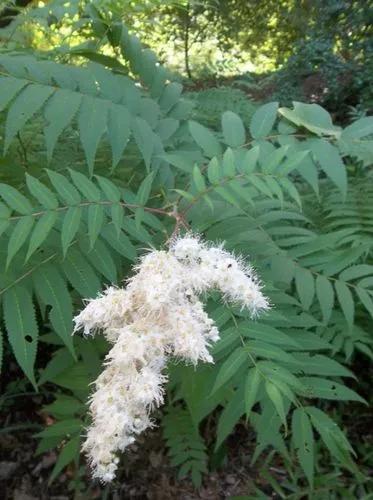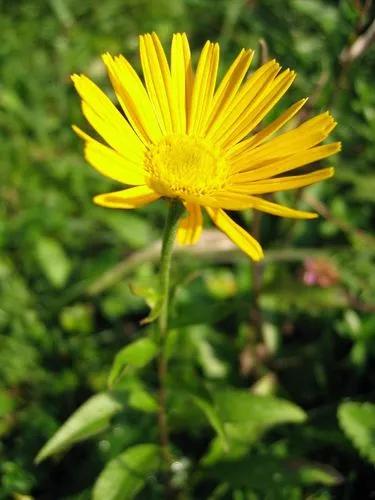Cobaea scandens, commonly called cup and saucer vine, is native to Mexico and tropical South America. It is a vigorous, rapid-growing, tendril-climbing vine that typically grows to 30-40' in its native habitat. When grown as an annual, it can grow 10-20' in a single season.
Cup And Saucer Plant Care
Cobaea Scandens



It can be invasive outside South and Central America.
How to Care for the Plant

Water

During the growing season, provide plenty of water but allow the soil to dry out before you water. Water only sparingly over the winter months.

Pruning

Pruning quite short in fall

Fertilizer

Feed your cup and saucer vine with a tomato-based fertilizer once every two weeks when the buds appear.

Soil

Soil Type Moist but well-drained
Soil pH Neutral to acidic
Temperature

Be sure to put just a sprinkle of soil on top of the seeds, as too much will cause the seed to rot. The temperature should be around 65 F. (18 C.) for best results.

Additional

The cup and saucer vine is, apparently, non-toxic—at least to humans. ... The vine on the right climbing over the coop roof is a sweet autumn clematis, which will be covered in tiny white flowers in the fall.
Cup and saucer vine (Cobaea scandens) is a perennial climber native to subtropic regions of Mexico.

Popularity

66 people already have this plant 5 people have added this plant to their wishlists
Discover more plants with the list below
Popular articles






